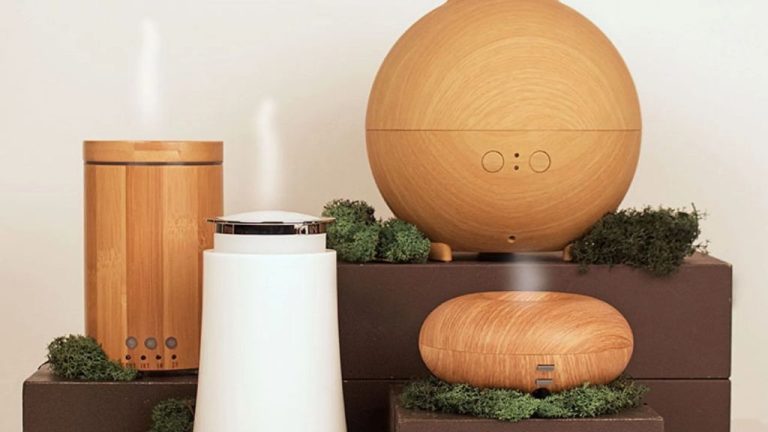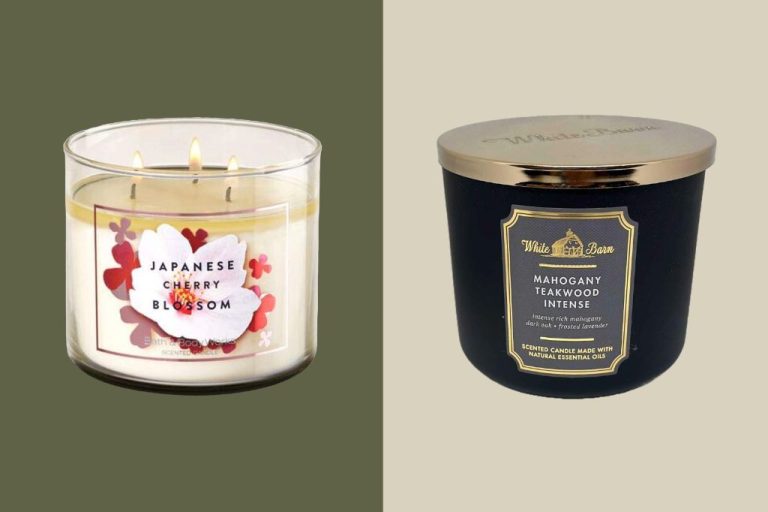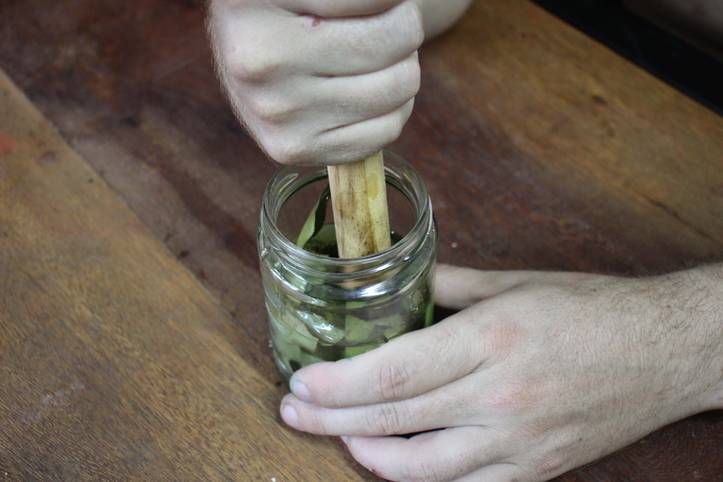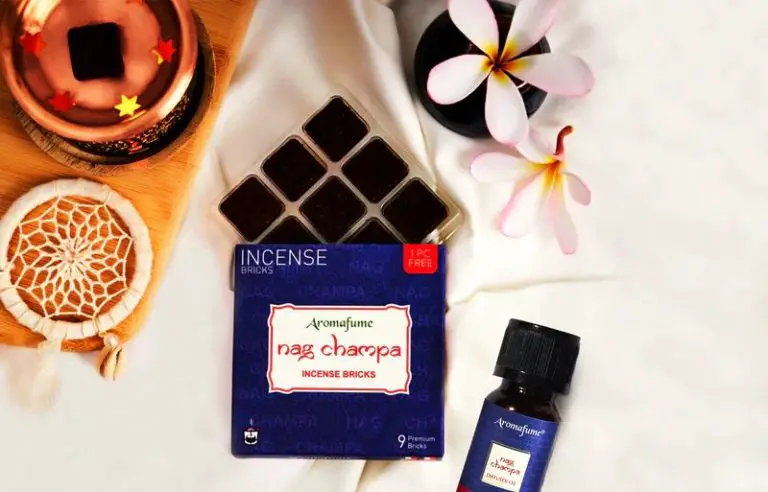What Essential Oils Work Best In Candles?
Introducing Essential Oils for Candles
Essential oils are concentrated extracts derived from plants like flowers, herbs, and trees. They contain the true essence and aroma of the plant they come from. When used in candles, essential oils provide therapeutic benefits through aromatherapy as their scent is released into the air. Breathing in these fragrances can have physical and psychological effects, like reducing stress, calming the mind, and promoting relaxation.
Some of the most popular essential oils used in candles include citrus oils like orange, lemon, and grapefruit which provide energizing and uplifting scents. Mint oils like peppermint and spearmint give a cooling and refreshing aroma. Floral oils like lavender, rose, and jasmine offer calming and romantic fragrances. Herbaceous oils such as eucalyptus, rosemary, and basil have clarifying scents good for respiratory health. Finally, woody oils like cedarwood, pine, and fir provide earthy and grounding smells.
When used in the right combinations, essential oils in candles can provide custom aromatherapy experiences through beautiful fragrance. Carefully choosing complementary scents allows the creation of well-rounded, multi-note fragrances. Essential oil candles harness natural plant essences for delightful ambience and therapeutic benefits.
How Essential Oils Work in Candles
Essential oils release fragrance through a process called volatilization. When the wax is heated by the candle flame, the essential oil molecules are released into the air as a gas. This allows the aroma of the oil to fill the surrounding environment.
Synthetic fragrances used in candles also volatilize when heated. However, essential oils are derived from plants and flowers, while synthetic fragrances are chemically created in a lab. Though they produce a scent, synthetic fragrances lack the nuanced aroma profiles of essential oils.
The natural molecular composition of essential oils allows them to offer layered, complex fragrances. As the candle burns, the light, middle, and base notes of the oils are emitted at different rates, creating an evolving scent experience.
Additionally, essential oils contain therapeutic compounds that synthetic fragrances do not. When released into the air through the candle, these aromatic compounds provide benefits such as stress relief, energy boosting, and more.
In summary, essential oils work wonderfully in candles because their natural complexity and therapeutic qualities are released through heating and dispersed into the air to create an evocative and meaningful scent experience. (Source: https://www.edensgarden.com/blogs/news/can-you-use-essential-oils-for-candle-making)
Most Popular Essential Oils for Candles
Certain essential oils are especially popular for use in candle making. These oils provide pleasing fragrances and offer therapeutic benefits. According to CandleScience, some of the most popular essential oils for candles include:

- Lavender – Known for its relaxing, floral scent, lavender essential oil is one of the most versatile oils for candles. It blends well with many other oils. Lavender can help relieve stress and promote calmness.
- Lemon – With its bright, energizing citrus aroma, lemon essential oil is refreshing in candles. It has an uplifting effect and can enhance concentration.
- Eucalyptus – Eucalyptus oil has a strong, minty, and medicinal fragrance. It helps clear sinuses and its scent is invigorating.
- Peppermint – The cooling, minty fragrance of peppermint oil is perfect for candles. Peppermint oil helps improve focus and energizes.
- Tea Tree – Tea tree oil has a medicinal, woody scent. It offers cleansing properties and promotes healthy skin.
- Jasmine – The rich, floral bouquet of jasmine oil lends candles a romantic, luxurious fragrance. Jasmine can help lift mood and reduce stress.
- Rosemary – With its herbaceous, lively scent, rosemary oil is excellent for aromatherapy candles. Rosemary may help boost memory and concentration.
Considerations When Choosing Oils
When selecting essential oils for candle making, there are a few key considerations to keep in mind for the best results:
Fragrance Strength: Some essential oils have a stronger aroma than others. For example, clove, patchouli, and peppermint oils are very potent, while lemon and grapefruit oils are lighter. Think about the strength of fragrance you want your candle to have and choose oils accordingly. Stronger scented oils like peppermint may only require a few drops per pound of wax.
Blending Oils: Combining multiple essential oils allows you to create custom scented candles. For a well-balanced fragrance, use oils with complementary scents and avoid mixing too many competing aromas. Start with a base note like cedarwood or sandalwood, add middle notes like eucalyptus and rosemary, and finish with lighter top notes like citrus, mint, or flowers.
Testing for Scent Throw: It’s important to test out your oil blends before making a whole batch of candles. The cold scent throw refers to how strong the aroma is when the candle is not lit. Melt a small amount of wax, add several drops of oils per pound of wax, allow it to harden, then smell the wax to see if the scent comes through. Adjust the oils as needed until you achieve the desired fragrance strength.
Properly testing essential oil combos will ensure your finished candles have an appealing and consistent aroma when burning.
Citrus Oils: Orange, Lemon, Grapefruit
Citrus essential oils like orange, lemon, and grapefruit are extremely popular for use in candles because of their fresh, bright scents. Citrus oils are known for providing a variety of benefits in addition to their pleasant fragrances.
Orange essential oil has a sweet, tangy aroma that can help promote feelings of joy and positivity. It’s said to help reduce stress and anxiety. Orange pairs well with cinnamon, cloves, frankincense and other warm spices. Lemon essential oil has a clean, lemony scent that can aid in concentration and energize the mind. It may also help purify the air. Lemon blends nicely with herbs like rosemary and lavender. Grapefruit essential oil has an invigorating citrusy smell that can uplift mood and spirits. It may also help improve skin tone and texture when used topically. Grapefruit works well with mint and woodsy scents.
When using citrus oils in candles, they are best suited for soy wax blends since citrus oils can fade more quickly in paraffin candles. Citrus oils should be used sparingly at 3-5% of your total blend. Too much may lead to soot. They pair nicely with floral, herbal and spicy essential oils.
Citrus oils like orange, lemon and grapefruit create a bright, cheerful ambiance. Their benefits and complementary scent profiles make them extremely versatile choices for crafting homemade candles.
Mint Oils: Peppermint, Spearmint
Peppermint and spearmint oils are popular choices for candles due to their fresh, invigorating scents. According to the Candles.org.uk blog, peppermint candles provide many health benefits including easing muscle pain, relieving headaches, aiding digestion, decongesting nasal passages, and more (source).
The scent of peppermint is described as cool, crisp, and energizing. It’s often used around the holidays to evoke the scent of candy canes and fresh wintergreen (source). Spearmint has a sweeter, more gentle minty aroma that is calming and uplifting. Both oils are popular in candle blends, with peppermint adding an invigorating boost and spearmint providing a soothing accent.
These mint oils are ideal for candles meant to energize and uplift. Peppermint works well as the dominant scent or blended with citrus and floral oils. Spearmint combines nicely with herbal and woody fragrances. Mint oils can be added to any candle type, from soy and vegetable waxes to paraffin-based.
Floral Oils: Lavender, Rose, Jasmine
Floral essential oils like lavender, rose, and jasmine are extremely popular for candles because of their beautiful, delicate fragrances. These oils evoke feelings of relaxation, romance, and luxury.
Lavender is one of the most versatile floral oils. It has a fresh, floral, herbaceous scent that is calming and balancing. According to Harlem Candle Company, inhaling lavender can ease anxiety, reduce stress, and promote better sleep. It’s excellent for relaxation candles.
Rose essential oil has a rich, sweet, floral aroma. Rose-scented candles can create a romantic, soothing ambience. The sensual floral notes inspire feelings of love and connection. Rose oil is also thought to ease anxiety and depression when used in aromatherapy.
Jasmine essential oil is intensely floral and exotic smelling. It enhances sensuality, confidence, and romance when used in candles. According to Self Made Candle, jasmine-scented candles provide multiple benefits like improving mood, reducing stress, and enhancing libido.
These luxurious floral oils pair nicely together in candle blends. A floral bouquet candle with a mix of lavender, rose, and jasmine oils would make a lovely gift.
Herbaceous Oils: Eucalyptus, Rosemary, Basil
Herbaceous essential oils like eucalyptus, rosemary, and basil can add an earthy, botanical element to candles. These oils are known for their clarifying and energizing properties.
Eucalyptus oil has a fresh, menthol scent that can help open up the airways and improve respiratory conditions. Studies show eucalyptus can enhance focus and concentration as well (source). This oil is ideal for invigorating candles.
Rosemary has an evergreen, herbaceous fragrance that promotes alertness. Research indicates rosemary oil enhances memory retention and mental clarity (source). Rosemary makes an excellent focus-boosting candle ingredient.
Sweet basil oil has a bright, spicy, and minty scent. It is known for its uplifting and clarifying properties. Basil is a great option for candles intended to promote concentration and clear-headedness.
These herbaceous oils pair nicely with citrus and floral oils in invigorating candle blends. They add an extra dimension to the scent profile.
Woody Oils: Cedarwood, Pine, Fir
Woody essential oils like cedarwood, pine, and fir can add a warm, earthy aroma to candles. These oils are derived from various evergreen trees and evoke a comforting campfire or forest scent.
Cedarwood essential oil has a rich, woodsy aroma that is often described as warm, sweet, and balsamic. According to https://www.yougibotanicals.com/blogs/news/elevate-your-candle-making-with-this-essential-oil-the-12-best-essential-oils-for-candle-making, cedarwood oil brings depth and warmth to candles with its woody notes. It’s perfect for creating an inviting, cozy ambiance.
Pine and fir oils have fresh, crisp scents reminiscent of evergreen forests. They offer a clean, outdoorsy fragrance. Pine oil in particular can help energize and uplift the mood with its bright, balsamic aroma. According to https://www.harlemcandlecompany.com/blogs/journal/benefits-of-essential-oil-diffusers, inhaling pine oil may provide clarifying and stimulating effects.
Woody essential oils pair nicely with earthy, oriental, or herbaceous oils when blending scents for candles. Small amounts can provide an anchoring base note. They are best used sparingly, as their strong scents can be overpowering. Overall, woody oils offer natural, botanical fragrances that capture the essence of the great outdoors.
Blending Oils for Custom Fragrances
When creating custom scented candles, it’s helpful to understand how to blend different essential oils together. Following basic perfume blending principles can result in more complex and appealing aromas.
Essential oils are categorized into notes – top, middle, and base. Top notes give the initial scent impression but fade quickly. Middle notes emerge after the top notes and last longer. Base notes are the foundation that anchor the scent. When blending for candles, use 2-3 base notes, 1-2 middle notes, and 1 top note for best results.
Some suggested blends for custom candle fragrances are:
- Top: Lemon
- Middle: Lavender, Rose Geranium
- Base: Cedarwood, Vetiver
- Top: Grapefruit
- Middle: Clary Sage, Lemongrass
- Base: Patchouli, Sandalwood
Experimenting with different oil combinations and ratios allows you to create unique scented candle blends. But be sure to properly research safe usage rates and always use aromatherapy-grade essential oils.




